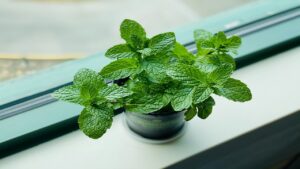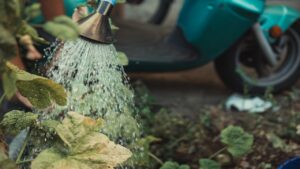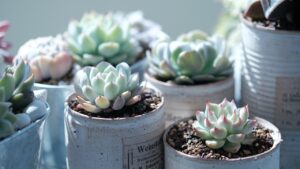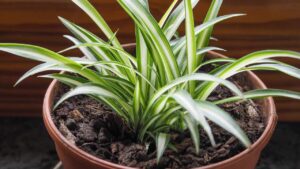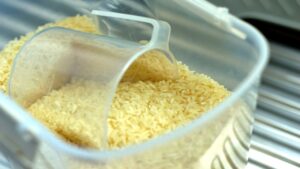Growing Peppers at Home is Possible: the Secret to an Abundant Harvest
Growing peppers at home is a rewarding experience and achievable, even without a large vegetable garden. With the proper techniques, you can enjoy a bountiful harvest right at your doorstep. Let me guide you through the essential steps to make your homegrown pepper project successful.
The secret to growing peppers at home
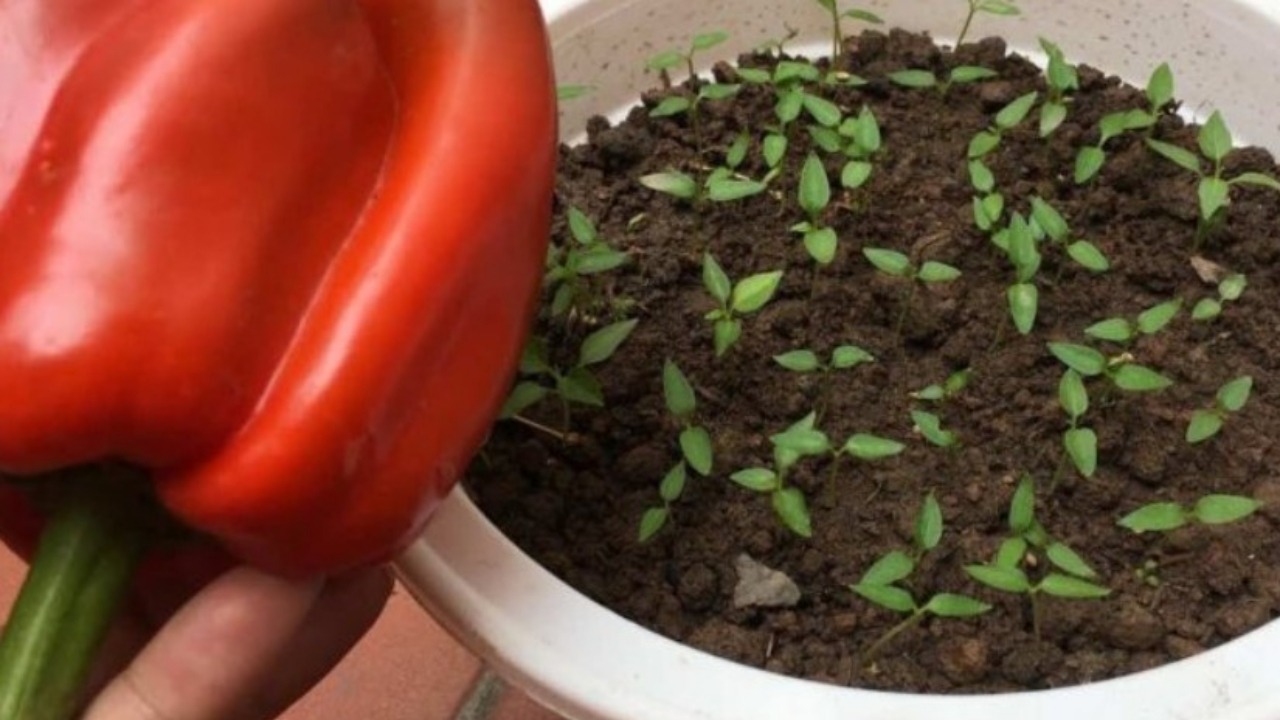
In the present scenario, where saving has become necessary for many families dealing with the aftermath of inflation, producing your own vegetables is not just a cost-effective choice but also an environmentally friendly one. By steering away from commercially manufactured products laden with chemicals, you not only save costs but also contribute to the preservation of the environment.
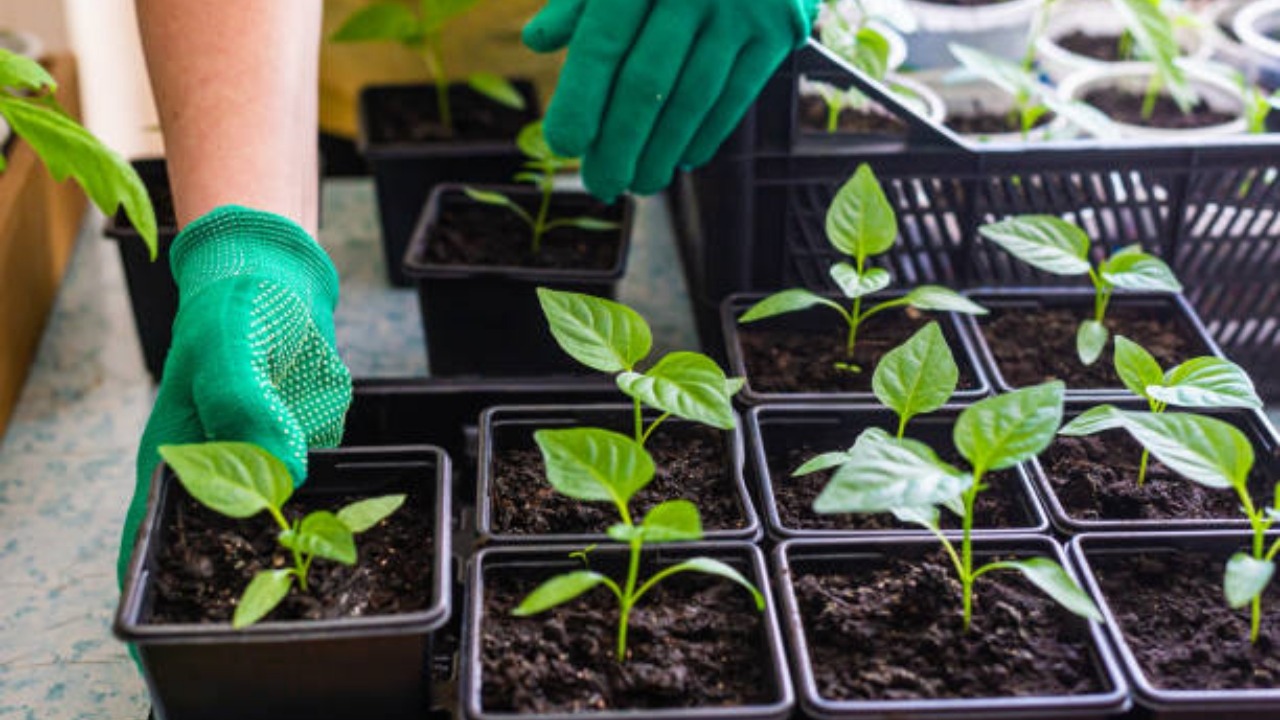
Now, let’s delve into the essential steps for growing peppers at home. Begin by visiting your trusted greengrocer to purchase a fresh pepper. Cutting it in two allows you to recover the seeds, which will be the starting point for your pepper-growing adventure.
Place these seeds in a sufficiently large pot filled with a well-balanced mix of soil and organic material. Ensuring the soil is adequately moist is crucial, as insufficient moisture can hinder cultivation. Water the seeds daily, and by the third day, you’ll start to notice the emergence of small green shoots, indicating that the roots are ready for further growth.
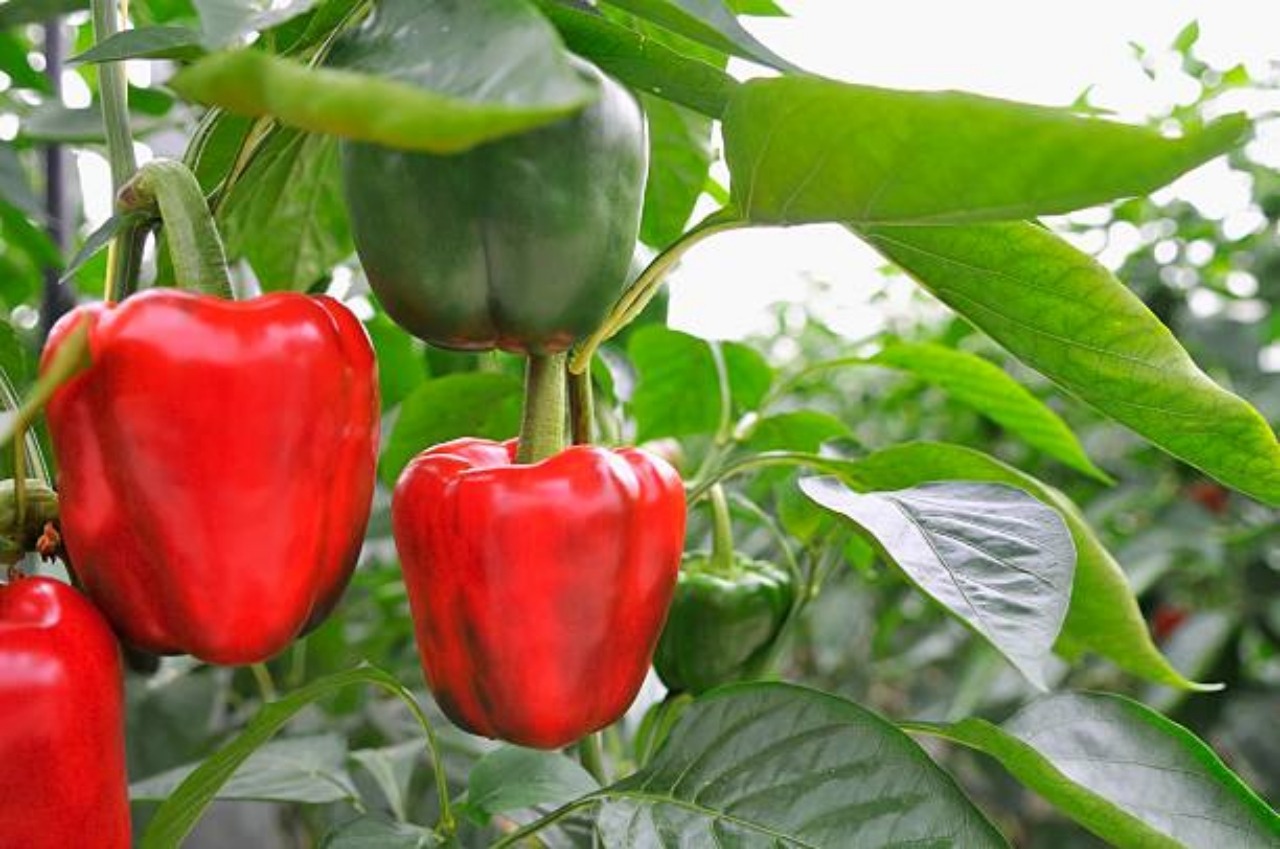
Now, it’s time to move the pot to a sheltered and bright area, ensuring you continue regular watering. After a couple of weeks from the initial sowing, introduce some organic fertilizer to promote growth. In just over three weeks, the seedlings will have reached a sufficient size for pruning and transplantation into separate pots.
For a successful home pepper garden, consider these additional tips:
- Choose the Right Pepper Variety: Different pepper varieties have varying growth requirements. Choose a variety that suits your available space, sunlight conditions, and desired spice level.
- Provide Adequate Sunlight: Peppers thrive in full sunlight. Ensure they receive at least 6-8 hours of direct sunlight daily.
- Pruning for Productivity: Regular pruning encourages more branching, resulting in increased pepper production. Pinch off the top of the main stem once the plant reaches a desirable height.
- Watch for Pests: Keep an eye out for common pests like aphids or spider mites. Neem oil or insecticidal soap can be used for organic pest control.
By following these additional tips, you’ll have a flourishing pepper garden and enjoy the satisfaction of growing your own produce at home. Happy gardening!
